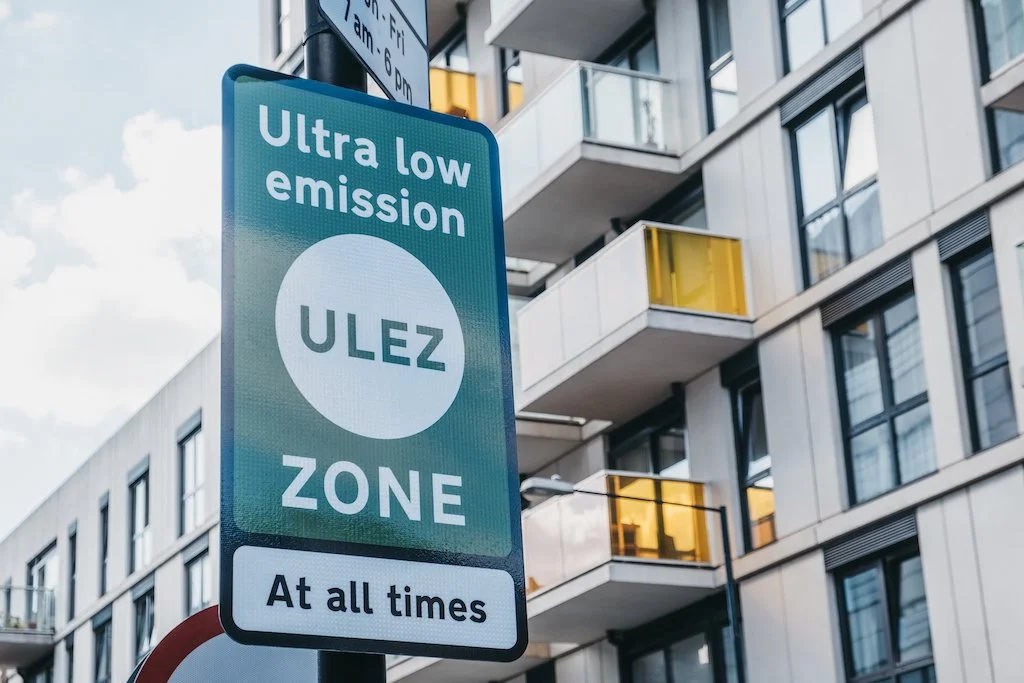ULEZ expansion key to London meeting legal limits for toxic NO2 pollution
New air quality data from Defra (Department for Environment, Food and Rural Affairs), reveals that London’s air pollution levels fell to within the legal limits for nitrogen dioxide (NO2) for the first time in 2024.
image: Shutterstock
This means London is leading by example in the UK when it comes to air quality, with many other major cities with far smaller populations and fewer vehicles – including Manchester, Liverpool and Birmingham – still exceeding the legal limits.
Experts at King’s College London estimated in 2016, the year Mayor Sadiq Khan was voted into office, that without additional action it would take 193 years for London to meet these legally binding limits set by the Air Quality Standards regulations.
Reaching this milestone years ahead of where we would have been without action, says the Mayor’s office, shows that bold policy can produce important benefits.
Moat significantly expanding the ULEZ to all of London, and in the process making London the world’s largest clean air zone, has proven to be more effective at cutting air pollution than anticipated.
Expansion of the clean air zone has seen the number of ULEZ-compliant vehicles jump from 39% when first introduced to 97% today. London has also invested heavily in zero-emission buses and now has over 2,000, more than 20% of the entire bus fleet, and TfL is working towards the Mayor’s goal of making all TfL buses zero emission by 2030.
Professor Frank Kelly, Environmental Research Group, Imperial College London said, “London’s compliance with the UK’s annual mean nitrogen dioxide (NO₂) limit value in 2024 marks a truly remarkable turnaround for the city’s air quality. Just five years ago, research we undertook estimated it could take nearly two centuries to reach this milestone without decisive action.
“Thanks to the Ultra Low Emission Zone (ULEZ) and Mayor Khan’s other ambitious traffic management policies, London has achieved in a few years what was once thought impossible. While other UK locations are still working towards compliance, London’s success demonstrates the power of bold, evidence-based interventions to deliver cleaner air. We are now on the right path for pushing on and meeting the World Health Organisation’s (WHO) NO₂ guideline by 2030 which will achieve better health for all who live in this great city.”
The Mayor of London, Sadiq Khan, said, “This is incredible news. I'm thrilled that London has achieved this historic milestone. It means that almost 10m people are now breathing cleaner air, fewer children are growing up with stunted lungs and fewer people will have to suffer from asthma, dementia and heart disease, which means big savings for the NHS.
"It wasn't always easy. When we first introduced the ULEZ and then expanded it London-wide, we faced huge pressure from different quarters who wanted to obstruct and slow us down. But pressing on was the right thing to do. It's made an even bigger difference than we predicted. I'll continue to work with the Government, London boroughs and partners to continue building a healthier, greener, fairer London for everyone.”

